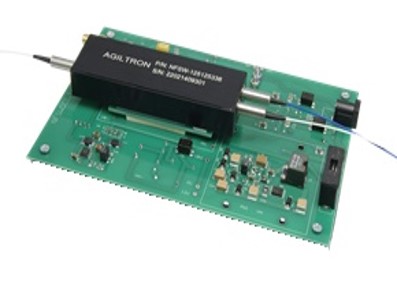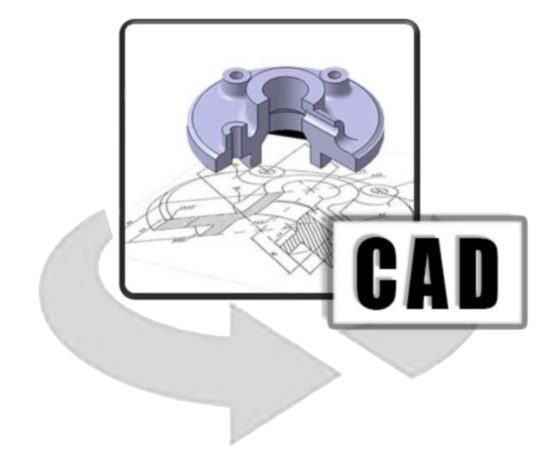SKU: NFSW
The NS Ultra-Fast Series (NF) fiber optical switch is based on our patented electro-optical configuration, featuring low optical loss, wide temperature operation, and polarization insensitivity. Our NS fiber optical switch has ultra-high reliability and can continuously operate for over 25 years in a vibration environment (passed Telcordia and space qualifications). The switch is bidirectional and available with configurations of polarization-independent or polarization-maintain. The rise/fall time is intrinsically related to the crystal properties, and the repetition rate is associated with the driver. The NF Series switch is mounted on an electronic driver having a 5V TTL control signal SMA input and a DC power supplier. There are poor frequency response sections in which the on/off ratio does not meet the spec due to the device’s mechanical resonances. The on/off ratio can be optimized for certain frequencies upon request.
Our NS series switches respond to a control signal with any arbitrary timing with frequency from DC up to MHz. The switch is usually mounted on a tuned driver before shipping. The electrical power consumption is related to the repetition rate at which the switch is operated.
The dual-stage configuration increases the extinction ratio or cross-talk value.





Reviews
There are no reviews yet.